Getting your toddler to try new foods—or to eat a food they liked last week!—can be an uphill slog at times. Here are 10 simple things that can help…and that you can do without bending over backward to please a picky eater at mealtimes.
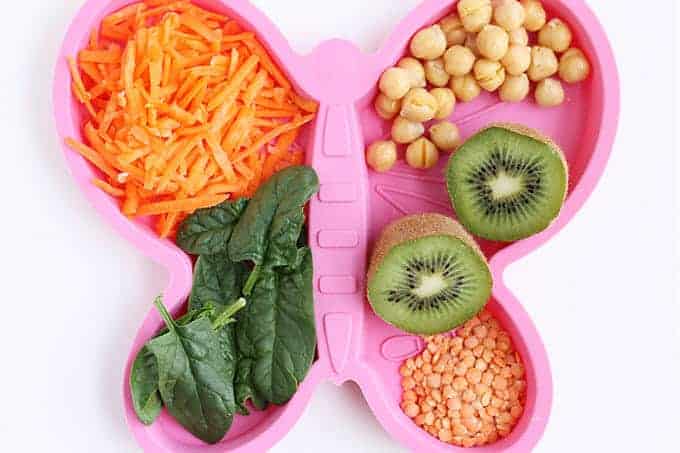
Toddlers, with their love of independence and ritual, love to eat familiar foods. They’re comforting and safe, which is reassuring. But when that means that a little one is eating the same few foods all week, it can make a parent feel a little crazy!
Look, I have to be honest and say that there’s no magic trick here to turn your toddler into a kid who eats every single thing you put in front of them. BUT, and this is a big but, if you’re consistent with your approach to feeding your little one, you can gently expand the list of foods they do eat—even if the progress is slow and steady.
Being cautious in toddlerhood is 100% normal, but there are simple things we can do to encourage our little eaters to branch out from their beloved staples.
Here are my go-to tips for every day meals and snacks.
NOTE: These may not help extremely picky eaters, but they may give you some ideas on where to start with your kids. As always, our words and emotions during these interactions matter, so when possible stay calm and remember that it’s totally normal for kids to not eat every single food we offer them.
(You may also like the ease of snack dinners, make-ahead toddler dinners, and one pan dinners for family.)
Table of Contents
Your toddler won’t eat? Help is here!
Sign up for our email updates to get tips and ideas sent to your inbox.
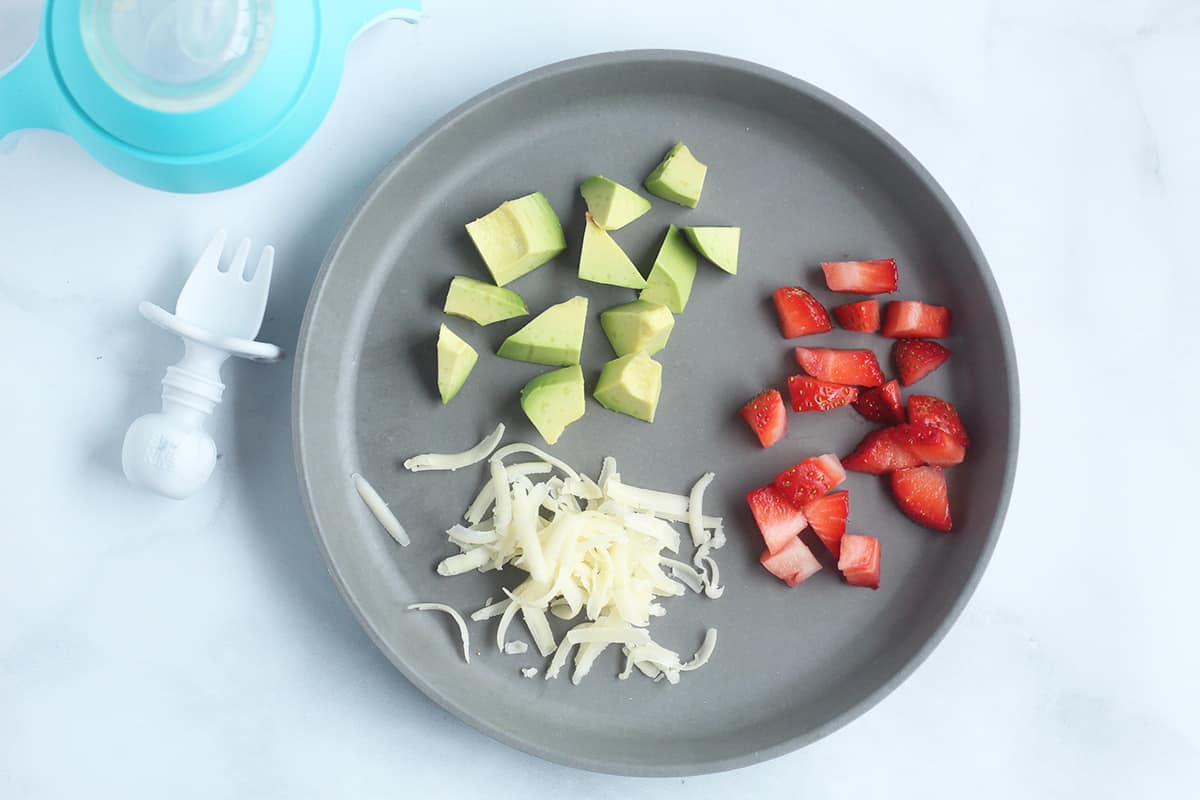
1. Offer Small Portions
I’m talking 2 peas, 1 sliver of apple, 1 spoonful of yogurt. New foods can easily intimidate or overwhelm our little ones, especially when it’s a plateful of something unfamiliar. But offering really small tastes helps keep fear at bay—and it can go a long way toward reducing the amount of food that gets wasted!
2. Start with Foods They Like
Do they like oatmeal with raisins? Try swapping in dried cranberries or fresh blueberries. Does she adore pasta with peas? Try broccoli the next time around. Providing familiarity along with variety can go a long way. Explain what you are doing—you will almost never get away with a covert switch—so they understand that sometimes there is one fruit, and other days you get to enjoy another.
(You can also simply add a small amount of a new food next to other foods if the above ideas seem like they will not work.)
3. Pay Attention to Hunger Patterns
If your toddler is suddenly not eating as well at dinner, there may be something about the daily routine to adjust. You could try moving back his afternoon snack or eliminating it completely—there’s a much better chance they will eat if they have 2-3 hours to work up an appetite.
And if your kiddo does get super hungry and a meal isn’t quite ready yet, notice it and see if it turns into a pattern. There may be a case to be made for serving a mini meal at 4 pm, rather than a classic “snack,” or at even just more food than you have been—including some options that are not classic snack foods.
It can also be quite normal for toddlers to go through phases when they are less hungry than they previously were. So know that if you offer foods they usually like and the child doesn’t want them, they may actually just not be very hungry.
4. Tweak the Environment
It’s possible that your toddler needs their highchair or booster seat adjusted and you simply haven’t noticed. Or it might do everyone good to eat dinner outside on a picnic blanket, chaos included. Move their seat to a different side of the room to reset the dynamics. It’s possible a small adjustment can help.
5. Talk About the Food
Use descriptive words about the color, the texture, the flavor, and the temperature to intrigue your toddler and give them information they can actually use. You don’t have to make up stories about the foods giving them super powers, just talk to your little one like a friend who hasn’t had the food before.
You can also compare a new food to one they already like. For example: “These are pizza rolls. They have a silly spiral shape but taste just like the pesto pizza you like from Wegmans. Do you want to pick the one you want to go onto your plate?”
6. Try Not to Use Pressure
While this depends in part on personality, many toddlers (and adults!) push back when they feel like they are being forced to do something. Because what your toddler probably wants more than anything is a sense of control. So let them have it!
You decide what to offer, they decide what and how much to eat it. (This theory is known as the Division of Responsibility in Feeding.) And this gives them the feeling of agency and control, which might just go a long way toward happier meal times.
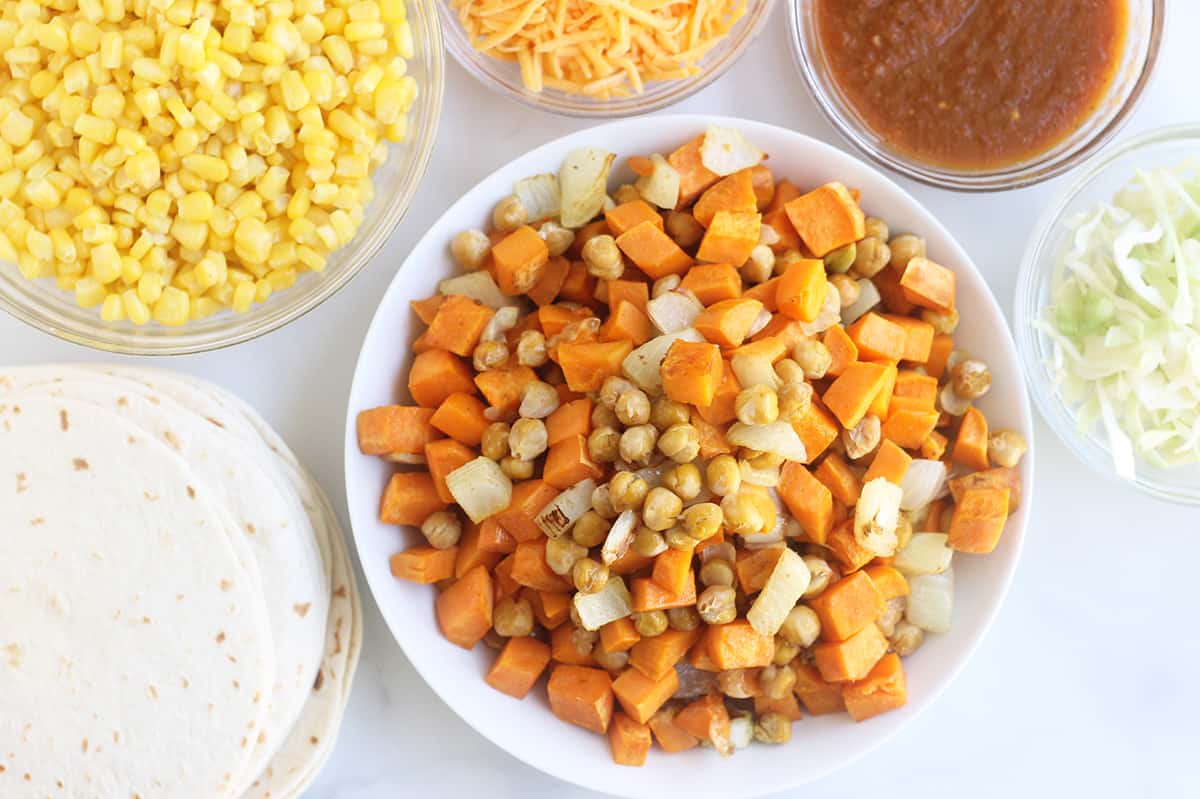
7. Try Family-Style Meals
Most little kids really like to see what the components of a meal are and to feel like they have some control over it, so I love serving family-style meals. To me, this means everything is on that table and easy to access—which has the added benefit of reducing the number of times I need to get up and down.
8. Remember This Is Normal
Almost all kids show some resistance toward new foods or foods they are given—it’s part of growing up and learning how to be a good eater. And think back: Did you like everything your mom served when you were a kid? Did you jump energetically into eating all the unidentifiable street food when you were traveling abroad? Probably not—unless you‘re a way braver eater than I am when traveling!
There legitimately might be foods that your child doesn’t like. But it also might take some time for them to learn to become familiar with other foods, whether because the flavor is different, the texture is difficult to chew, or it looks like something they can’t quite identify.
9. Try to Make It Yummier for Them
I know that I have a tendency to keep vegetable recipes for kids really simple, but don’t underestimate your kid’s palate. Flavor is good and it might be the gateway to helping toddlers learn to eat the foods plain down the road.
So let them taste sauce, add herbs and spices (just don’t go too spicy), and learn what they like. They may also like dips! (Find my best vegetables recipes to help.)
10. Model Enjoyment
It can take exposing a toddler to a new food 8-15 times before they even taste it, so think about your long-term goals. I’d bet that you care more about raising a healthy person overall than whether or not your toddler eats another spoonful of cauliflower tonight. (At least most of the time!)
So keep offering fruits and veggies that your toddler currently won’t eat as you make them for the rest of your family. And show them how you like to eat it. Modeling can go a really long way since often toddlers like to copy us. I sometimes let my youngest feed me foods and he often winds up trying them himself, too!
And remember: I can almost guarantee you that whether or not your toddler tries the broccoli, it has little to do with your cooking skills. It’s all about whether they feel empowered, comfortable, in charge, and in the mood. It’s not you…it’s them!
Related Recipes
I’d love to hear if you have tips that work well in your house, so please comment below to share!
This post was first published April 2018.

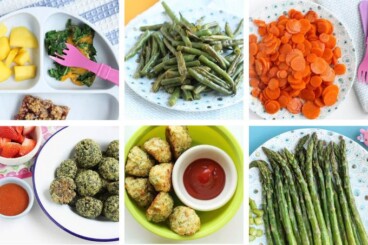

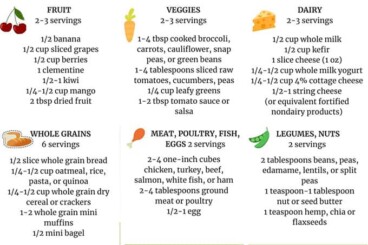



















I’m having a similar problem. My one year old eats pretty well at breakfast, sometimes a waffle cut up, sometimes a cauliflower hash brown or scrambled eggs but that’s pretty much it. Dinner is strictly Mac and cheese which he’s starting to chew up and spit out, chicken meatballs, chicken nuggets, or sweet potatoes with beef and pees. He’s stopped eating pasta and meatballs which he used to love. Anytime I try to introduce a bite of something new, he spits it out. Fruit is a struggle – some days he’ll eat it while watching tv but other times he just spits it out. I’m so anxious about what to try and how to get him to try new healthy options.
Is it possible that he’s not as hungry for dinner as you’re expecting? That may be part of this, which is very common for this age. Many kids are simply less hungry (and more tired) at dinner.
So I know this is an old post but I’m trying very hard to introduce new foods to my daughter. Right now the only thing she will eat is Mac and cheese and I can’t add anything to it she knows. So I’ve been adding other small foods with her Mac but I was wondering should I give her smaller Mac sizes cause she can eat a lot of it. And if I should stick to a few news for 15 days in a row or mix it up? She won’t try the new foods yet even if I eat them.
Hi! Does she literally not eat anything other than mac and cheese for any meal or is that just her preferred food?
I can only get her to eat Mac and cheese and yogurt in the morning along with Cheerios too. I’ve tried making spaghetti, chicken nuggets, mini corn dogs cut up. And a few other things, she won’t even try it and ends up throwing it on the floor. She’s a big juice drinker but I started cutting down it thinking it might have caused her fill up. The only other snack she munch on is cut up grapes but she won’t eat it with meals.
This age can be so tricky! You can look through some of my other advice posts (the Division of Responsibility might be helpful:https://www.yummytoddlerfood.com/the-division-of-responsibility/) or my new ebook Feeding Your Family has all of my best advice in one place: https://www.yummytoddlerfood.com/feeding-your-family/
I am having a struggle trying to get my 3year old to try new foods or foods mixed . She has a variety or vegetable and fruits and meat but when you mix pasta with a sauce ahe wont eat it she wants it seperate. Im worries with us trying to get her to try eg lasagne or.chicken which she just wont its going to give her food anxiety . Please help , we tried just adding peas to her rice and ahe wanted it all.pickes out she woulsnt eat the rice but happy for it to be seperare also sandwich she wont have them with anything but peanut butter sometimes jam and honey but if i make.one with salami she will.pick it out.and not wat it together.
Please any advice would.be great
Im going thru the same thing. Except now hes getting tired of the mac and cheese. Sometimes it helps if i makes different kinds of mac and cheese too. I think what im going to do is let him get hungry and fix him the same plate for lunch/dinner for about a week. Major thing is to not let him get full on a drink. My only downfall is hes nonverbal and just turned 3. When he gets hungry ive noticed he acts out just out of the blue he’ll get up and do something bad or out of the norm. Wish me luck!!!!♡♡♡
Hi Amy,
I teach a Joyful Parenting Class and we are learning about our 5 senses this summer. We just finished up with taste and I shared with students (adults) ideas of introducing new foods to toddles/preschoolers. I was looking for a follow up link to share and came across yours. Thank you it is perfect. I’m sure they will enjoy additional pages on your site.
That sounds like a wonderful class Heidi and I so appreciate that you shared this content with your parents!
I have a 3 year old grandson that won’t try new things because of how he was brought up on eating he eats Rice chicken nuggets applesauce yogurt but when I tried to get him to try macaroni and cheese peanut butter jelly sandwich he won’t try anything so how can I get him to try some that I know he will like.
You could try offering him new foods, in very small portions, alongside foods he usually likes. It can help if you avoid pressuring or forcing bites since that can make mealtime into a power struggle. You can also try serving meals family style, so all of the bowls of food are on the table and he can serve himself the foods he wants to eat. If you choose the food and when it’s served, and you let him decide what of it to eat, that can help to establish a routine where he feels a little braver to try other things. (But it may be hard if he’s getting all of his favorite foods all the time at home…but maybe it can be fun and different at your house!)